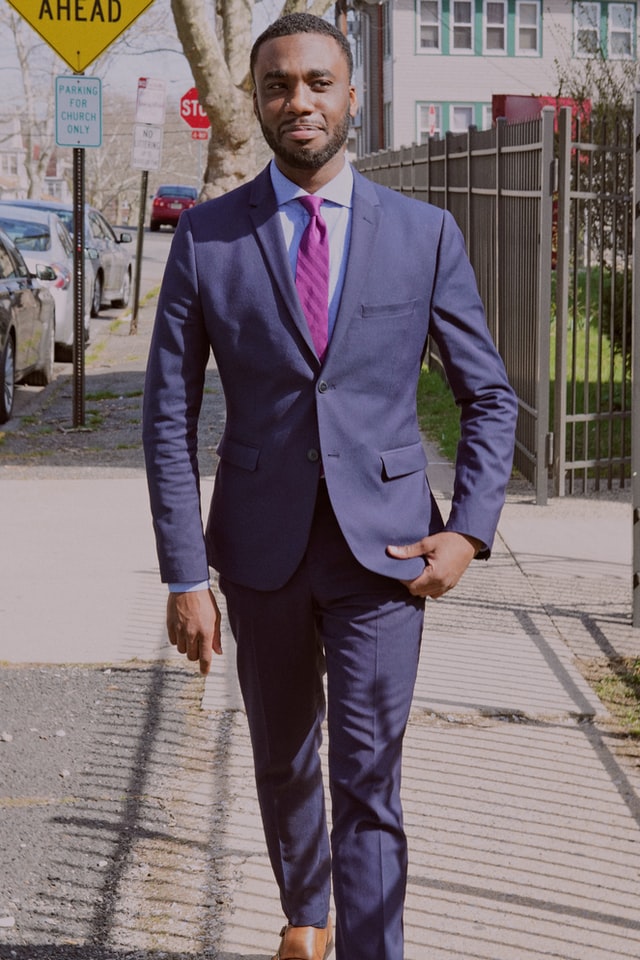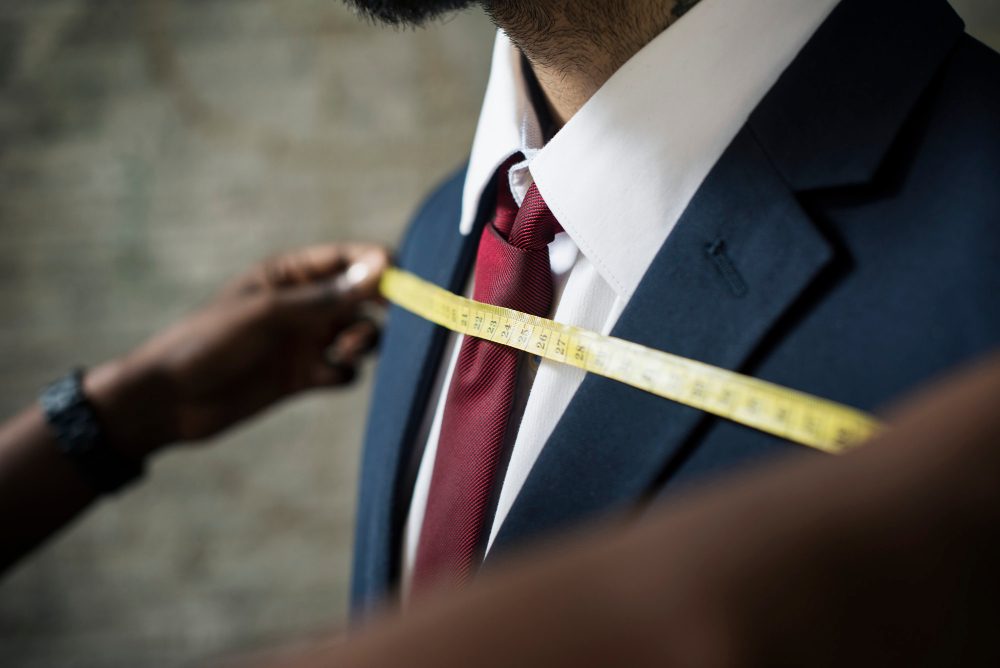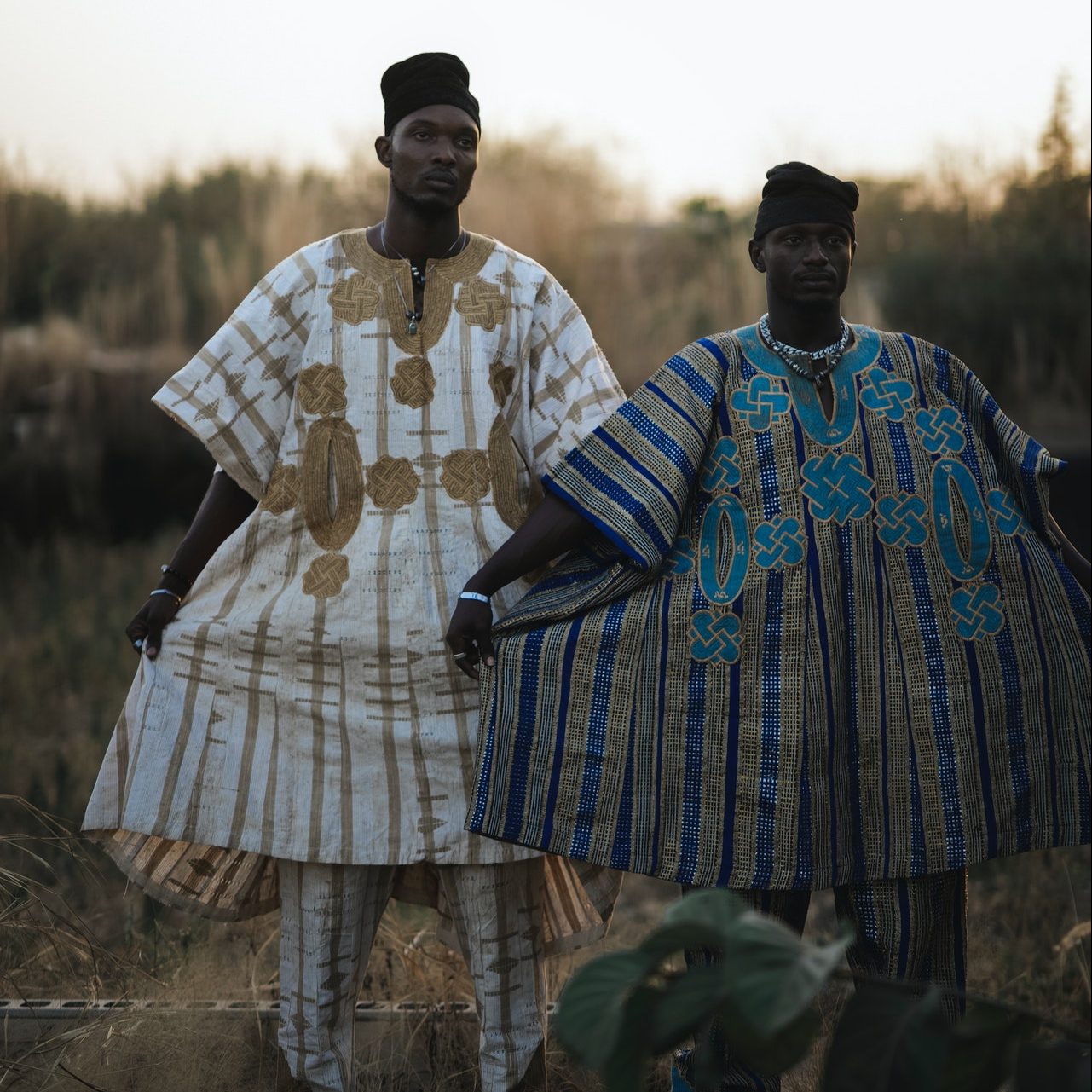Tailor Measurement
Kwalite Tailor Service is the best tailor in Lagos and offers top-quality tailoring services. We take great pride in our work, which has made us one of the most sought-after tailors in Lagos.
Measurement
The various measurements tailors need to sew your clothes can be a little confusing at first. But once you learn what they are, it will be easy for you to communicate with them. This is especially important if the tailor does not speak English fluently or if you’re an international client who doesn’t speak our native languages! However, there are various pieces of information that we recommend tailors ask from their clients before proceeding with any garment construction. We’ll discuss these in detail below.



Length of the garment
This measurement should always start where the fabric starts (either on one side or both sides) and measure until where the same type of fabric ends- usually either hemline or bust line.
Width of the garment
You may be thinking, “Isn’t this the same as length?” Not quite. This measurement should start at one side of your garment and measure to where it would end on the other side- like width measurements for a rectangular fabric piece. Armhole depth: This is how deep you want armholes in various parts of the garment (like bodysuits or blouses). Again, we recommend taking note if there’s any specific style that requires deep armholes so tailors can adjust accordingly!
Sleeve Length
If you’re designing sleeves yourself with guidance from your tailor, then make sure they know exactly what type of sleeve design before proceeding.
Waist circumference
You may think this isn’t necessary when creating custom garments but waist sizes are important because sometimes, they can fluctuate!
Hip circumference
The various measurements tailors need to sew your clothes are not always shown on the diagram. This is because they’re needed for more fitted garments like skirts and pants, but this measurement could be helpful in designing a pair of jeans or trousers that have just the right amount of stretch.
Chest size
It’s important to note if you want something structured with no give (like bras) or looser-fitting pieces (like sweaters). These details will help create custom clothing that fits properly from top to bottom.
Shoulder width
Shoulder widths vary depending on which country it was made – so make sure we know before proceeding!
Inseam and outseam measurements
You’ll need to know the inseam or outseam length of your trousers. If you’re doing something like work pants, we’ll need this measurement for both legs.
Armhole Depth
To ensure that garments stay put on their hangers and don’t stretch when they’re hanging up or being worn, it’s important to think about how deep you want them before sewing anything together.
Why is it important to know these measurements?
The various measurements needed to sew your clothes are important for many reasons. It’s important that the various measurements of a garment fit properly from top to bottom, so they don’t look like they’re about to fall off when you wear them.
It’s also important that all clothing lays flat and doesn’t stretch or pull on hangers and other garments because it will cause problems with how things stay in place while being worn too.
Not including accurate measurements can lead to frustration down the line if something needs fixing later – especially if we’ll have to go back through everything just get those few inches taken up at the hemline!
There is no excuse not to be aware of these various measurements for sewing clothes because tailors often forget them which is why we’re going over them again here.
